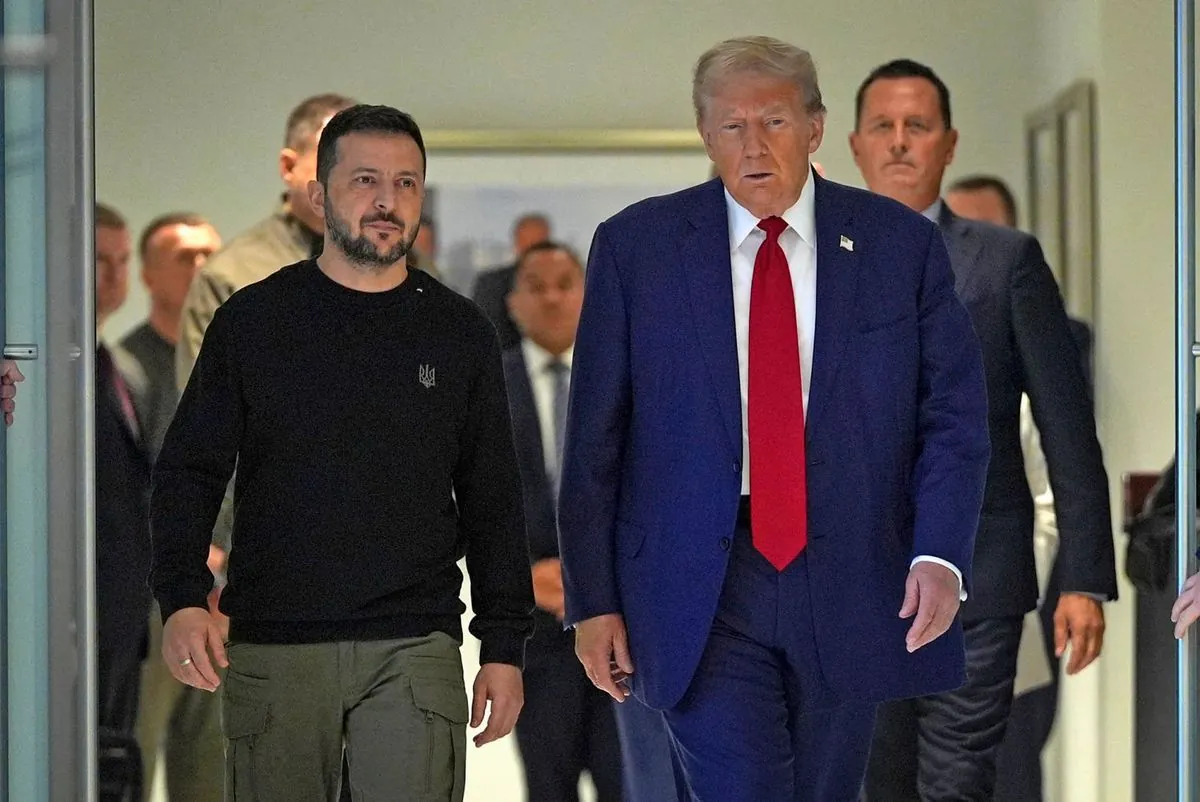The potential return of Donald Trump to White House creates new dynamics for Ukraine situation. With his unique ties to Vladimir Putin and complex history with Volodymyr Zelensky‚ Trumpʼs approach would differ from current US policy; however it doesnt mean automatic disaster for Kiev
Since the start of full-scale invasion (02/22) Joe Bidenʼs team achieved three goals: kept Ukraine independent maintained NATO-Russia separation and weakened Moscowʼs position. Today – almost 3 years later these achievements stay solid despite Russia holding some eastern territories
The military landscape shows mixed results: Ukrainian forces face challenges on several fronts (even though they make Russians pay high price for advances). Russia found ways to rebuild its capabilities: they use old equipment fix it with Chinese help; get soldiers and weapons from N-Korea – which gives them some edge in long-term perspective
Public opinion remains interesting: polls show that Americans support both helping Ukraine and pushing for peace talks at same time. While Trump might reduce aid; European allies like France UK and Poland stay committed to supporting Kiev. Russiaʼs losses in economy military power and global standing create room for talks
We witnessed a vibrant democratic society rallying to prevent Russian domination
Ukraineʼs transformation since 14ʼ war needs protection in any future deal. The key points for good agreement should include:
- Ukraineʼs right to defend itself
- Freedom to make international agreements
- No restrictions on military development
- Protection from Russian economic interference
Territory exchange seems unavoidable but Ukraineʼs independence matters more than land. A free Ukraine could follow Polandʼs path; while Russian-controlled one risks becoming next Belarus. Finding balance between realistic concessions and core principles will be key to any long-lasting peace deal
